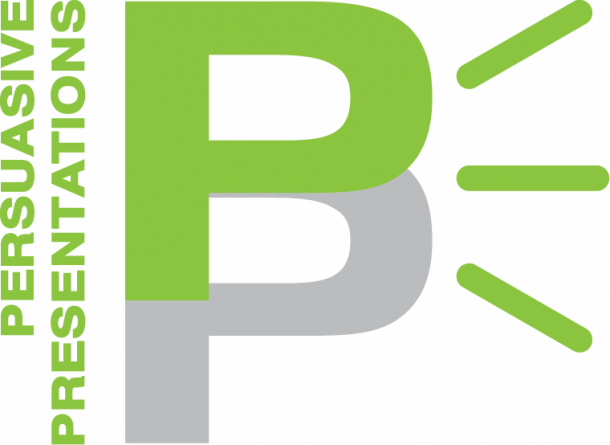A definition:
“Clarity – free from obscurity and easy to understand”
There you go – isn’t that what we all strive for in our communication with others? And yet simple doesn’t mean easy.
Here are 3 ways to develop clarity when preparing for your next presentation.
1. Focus
The last two newsletters were about setting an objective and knowing your audience. The next step is to get a large piece of paper and write down EVERYTHING you know about your topic. I like to mindmap my topic. This enables me to do a real ‘brain dump’ of all the information I have collected and I find the mindmap then highlights the gaps I may have in my information so I can conduct more research if required. Have a look at http://www.mindmapping.com.au if you would like to know more.
Once you have completed your info dump, the next stage is to get a big black marker and cross off everything that is not related to your objective or relevant to your audience. This step is hard but essential. If it does not relate to your audience or your objective it is irrelevant and will only clutter your message.
2. Eliminate jargon
Within an industry jargon can be useful. It enables us to speak in shorthand and convey technical information rapidly. Jargon can also alienate, confuse and humiliate your audience, and is one of the most common barriers to effective communication. At best your audience will not understand, at worst they will feel angry that you have excluded them with your language.
3. It’s a bit like…
Stories, analogies and metaphors work. Why? Because they allow an individual to relate your information to their current experience. They also trigger different parts of the brain and in doing so, become more memorable.
*****
Clear communication should not require massive effort on the part of the listener. Stick to the guidelines above and you can’t go wrong.
- Beware The Veneer of Fear - July 3, 2024
- Does Your Company Need a PowerPoint Overhaul? - May 20, 2024
- The Three Networking Circles You Need - April 15, 2024


